Getting off the Ground: National Aviation Week
Since the dawn of time, mankind has looked to the sky with wonder and dreamed of flight. From the Wright brothers’ Flyer to the Spirit of St. Louis, learning how to fly has changed the course of human history.
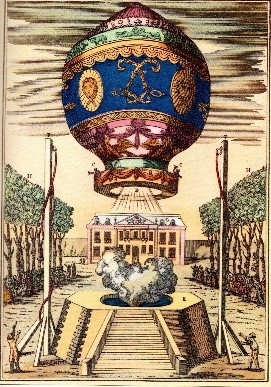
Although people throughout history have aspired to soar through the sky and drew up plans for aircrafts, humans did not successfully achieve liftoff until 1783. The first vessel to carry people into the clouds wasn’t an early plane, but a hot air balloon. Brothers Joseph Michel and Jacques Etienne Montgolfier discovered hot air rising into a silk bag could lift a basket into the air. After sending a sheep, rooster, and duck into the sky, the brothers began sending up people.
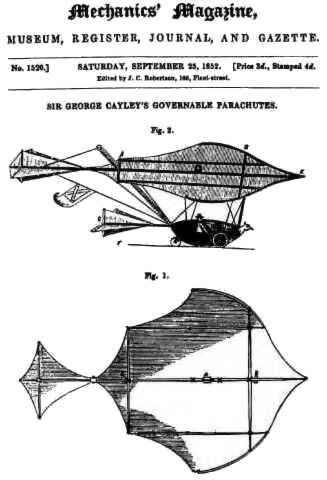
In the early 1800s, inventor George Cayley designed gliders that used body movements to control once in the air. During his lifetime, he made improvements to the gliders. Creating a rough foundation for modern planes, he discovered wing shapes that air would flow over best and that a tail would add stability to the craft. Cayley understood that long flights would require a power source, and detailed a fixed-wing aircraft with propulsion, lift, and control systems in his book, On Aerial Navigation.
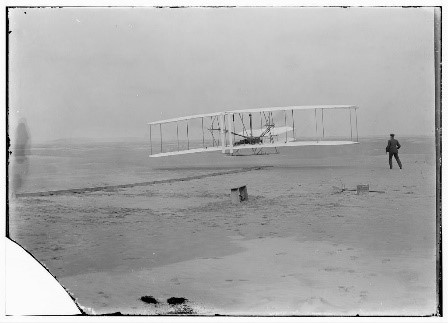
In the 1900s, growth for modern aviation really got off the ground in Kitty Hawk, North Carolina. Much like Cayley, Orville and Wilbur Wright tested various glider designs to learn the best way to structure their aircraft. After perfecting their glider, they too turned to inventing an aircraft with a propulsion system that could produce enough thrust to fly longer: the Flyer. In 1903, the Flyer took to the sky, with a final flight of about 850 feet in 59 seconds.
Despite their success, controlling the unstable Flyer was challenging. Unsatisfied, the Wright brothers worked for two years in Dayton, Ohio until they created the first airplane capable of longer flights. In 1905, the Flyer III flew for about 24 miles for 39 minutes, vastly longer than the original Flyer. The Wright brothers continued to invent and fly planes until 1919.
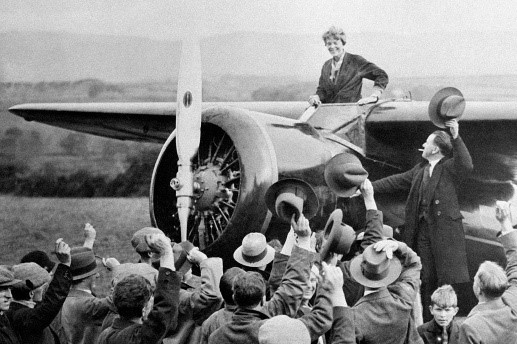
Since then, developments in aviation took off. Based on the Wright Brothers flight in 1905, airplanes began to get stronger, faster, and larger, paving the way for aviators like Charles Lindbergh and Amelia Earhart to make their legendary flights across the Atlantic Ocean in 1927 and 1932 respectively.

The first passenger airline flew in 1914: the start of a new era of revolutionary travel. By the end of the 1950s, there was mass air travel. Airline services were not only common, but became a travel necessity. Eventually, planes were capable of transporting travelers across the globe, resulting in the massive planes and jets we see today.

At ABI and Ideal Tape, we are proud of the role we play in supporting the Aerospace market. Pressure sensitive and approved to meet stringent specifications, our Aerospace products are ideal for applications involving composite bonding, high temperature masking, hold down, honeycomb fabrication, painting and stripping, moisture barriers, electrical/electronics, and aircraft refinishing.
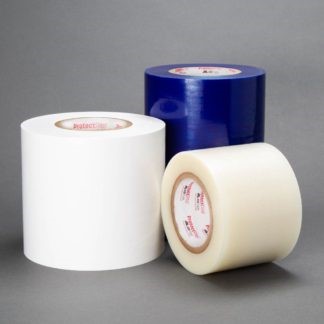
Our ProtectRite and Ideal Tape products keep airplane surfaces safe in the air and on the ground – protecting wing walks, windows, riveters, carpets, overhead bins, upholstery, and more surfaces both inside and outside of the plane.
As the Aerospace industry continues to soar, we look forward to all the future of flight has to offer.
Check out our Aerospace products at: https://abitape.com/product-category/industrial/aerospace-tapes/


